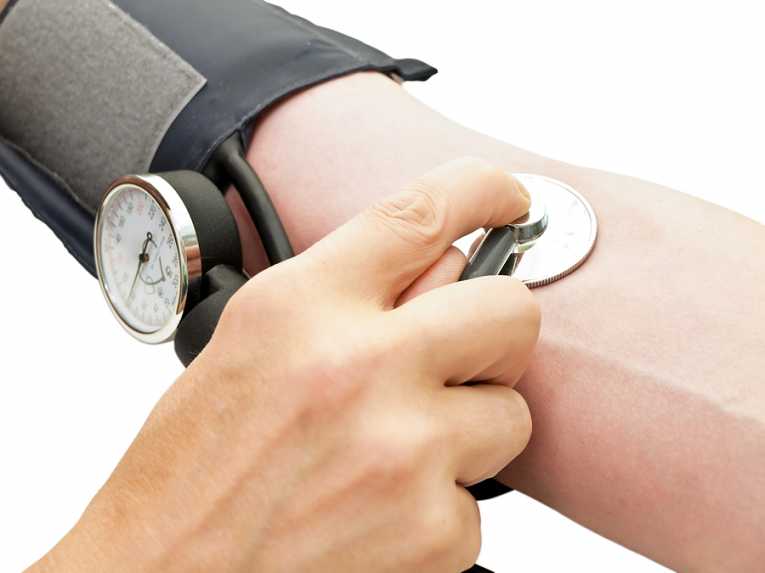The best part about cardio is that it’s super accessible. You can pick whatever activity you like and go with that for your workout. Most physicians recommend getting at least 150 minutes of moderate cardio activity per week, which means that if you go for a thirty-minute walk five days a week, you’ve reached that goal.
If you’re on the DASH diet, you probably care about the health of your heart. However, eating healthy isn’t the only requirement for a healthy lifestyle. You have to work out, too, if you want a truly well-rounded, healthy lifestyle.
Luckily, there are a lot of different ways to exercise that will improve your heart health and help you lose some weight, too. Some of them are relatively low-impact and therefore easy to get into for most people.
Cardio Workouts
Cardio, or aerobic exercise, is probably the first thing most people think of when they think about heart-healthy activities. Cardio is pretty much any kind of activity that gets your heart rate and breathing up. That includes walking, running, swimming, cycling, jogging, dancing, etc.
The biggest reason most people struggle with starting and sticking to an exercise routine is that they think “exercise” has to be difficult. In reality, all that’s required is that your heart rate increases, you sweat a little, and you’re exercising.
In fact, if you’re completely new to exercise, starting with simple, low-impact things like walking or swimming is much better for you. Over time, you can work up to doing more strenuous workouts, if you want to do that.
In addition to helping keep your heart healthy, though, cardio workouts tend to be great for weight loss, as well as good for creating muscle tone. You may not think about it, but walking requires you to use far more than just your leg muscles, and things like swimming, especially, are a great way for you to exercise your whole body in a way that won’t hurt your joints.
Interval Training
This is something that can be applied to cardio as well as most other types of exercise. The basic idea is that you alternate between more strenuous activity and low-intensity activity, making your heart rate go up and down and giving yourself a chance to rest and not push yourself too hard.
For example, if you decide that your exercise of choice is going to be walking, then one way you can practice interval training is to jog for one minute, then walk for three, then jog for another minute, and so on. However, this can also be applied to other kinds of exercise, like strength training, dance, etc.
Strength Training
Speaking of strength training, while you may not think of it first when it comes to heart-healthy exercise, lifting weights or doing other exercises that build your muscle mass takes some of the pressure off the heart.
This is because by making your muscles stronger, you’re not just teaching them to lift and carry more weight, you’re also teaching them to use the nutrients and oxygen provided by the bloodstream more efficiently so that they can get stronger.
Plus, just like most other kinds of exercise, doing multiple reps of weight lifting or pushups will get your heart pumping faster naturally, which helps increase your heart’s health in the same way that cardio does.
Just make sure to take a day of rest in between different strength exercises to give your muscles a chance to recover and keep yourself from getting injured.
Yoga/Stretching
Just like the DASH diet is designed to help lower blood pressure, yoga does that too, by helping you calm down. Yoga is actually a great total-body, low-impact workout because it targets pretty much every muscle group in one way or another, and there’s the added benefit of promoting your mental wellbeing.
Depending on the type of yoga you’re doing, it can even be a great way to get cardio and raise your heart rate. Regardless, though, stretching and becoming more flexible promotes heart health because flexibility gives you the ability to do all of your other exercises more effectively.
When it comes to working out, it’s important to remember that everything works together. Many like to think of working out different areas of the body, and doing exercises that target specific parts but in the end, your body is one big machine with lots of interconnected parts. So working out one thing while neglecting another will do far more harm than good. It’s all about balance.
It’s the same reason why just going on a diet or just starting a new exercise routine isn’t usually enough to make real change. Instead, you have to do both together to get the best results.




